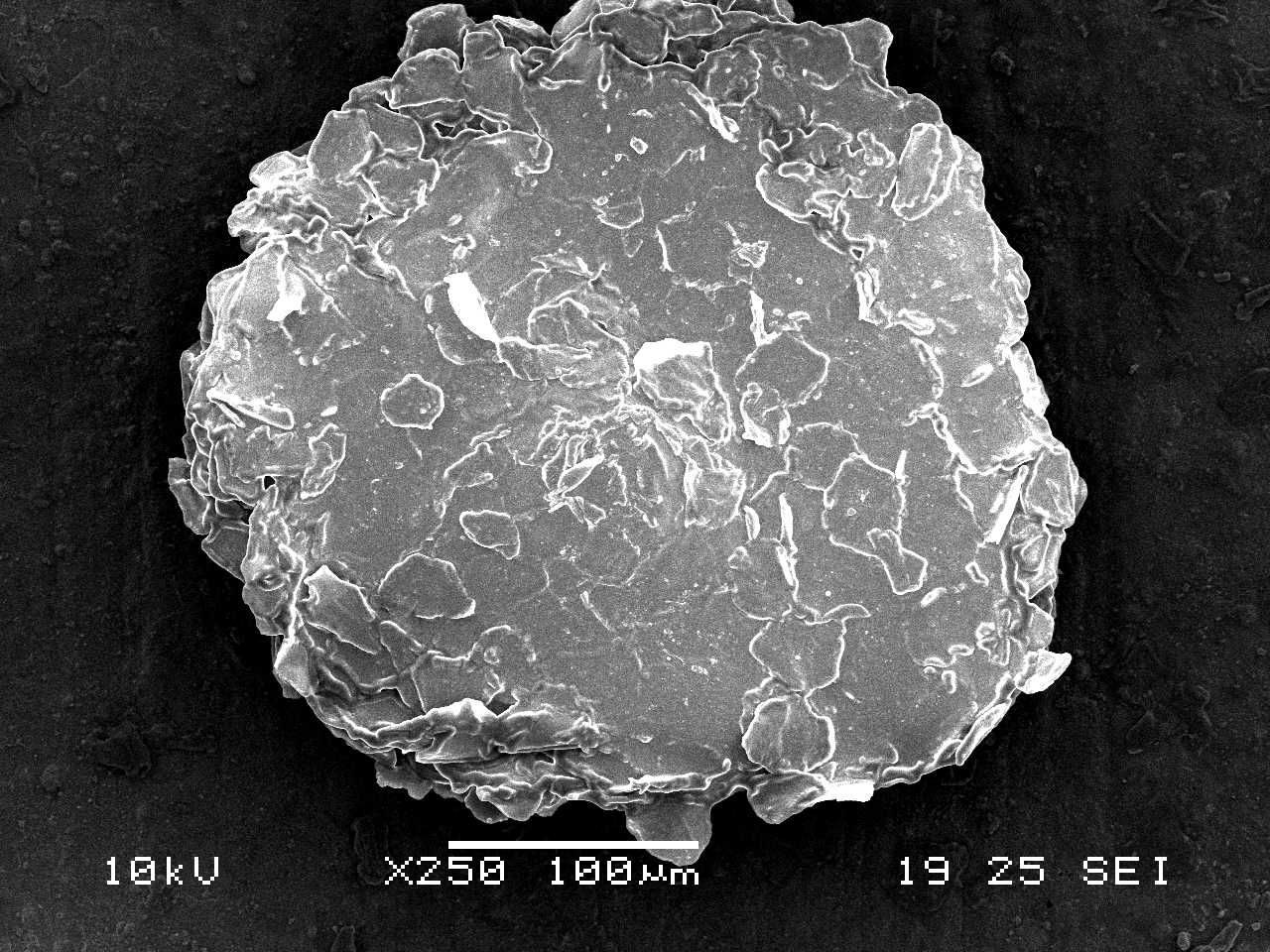
The fungus that can cause dandruff and eczema was once thought to live solely on the skin of mammals like us. But it has now been found in an astonishing array of places, from hydrothermal vents to the Arctic ocean to coral reefs in Hawaii, making it one of the world's most diverse and widespread fungi.
Until recently, scientists wouldn't know if this type fungus, known as Malassezia (the name of the fungal genus, the taxonomic classification above species), was present in a particular place unless they specifically looked for it. But "with recent technological advances we can identify millions of fungi at once," said Anthony Amend, a researcher at the University of Hawaii at Manoa.
In a study published today (Aug. 21) in PLOS Pathogens, Amend put the data together from different studies on what fungi live where, and found this type in some of the most extreme environments on Earth.
The fungi is found throughout the ocean, but appears to like living on or around coral reefs, sponges and marine mammals. It may be that this fungus can cause disease in corals—similar to how it can occasionally cause dandruff or eczema in humans--and could be one reason for a decline of reefs worldwide, said Joe Heitman, a mycologist (fungi-researcher) at Duke University who wasn't involved in this study.
"This fungus is the single most common type found on human skin," Amend told Newsweek. "We are all literally covered in Malassezia right now, so it's almost shocking that we don't know very much about it's diversity, distribution or ecology."
Given the fungi's ubiquity on human skin, nobody knows exactly why it only occasionally causes skin problems, Heitman told Newsweek. It could be that some people just naturally have more oils, or lipids, in their skin or secretions. The fungus itself requires lipids to live and cannot make them itself; that means it's hard to culture in the lab, and therefore difficult to study.
The study found that the fungi has evolved to be able to live in the water several times. "There were many different times that ancestors of these things moved into the water," said Tom Volk, a mycologist at the University of Wisconsin-La Crosse, who wasn't involved in the research.
Like other fungi, this group has a small genome, and can therefore evolved quickly to adapt to different environments. It also has a stiff cell wall made of a material called chitin that can resist extreme conditions.
The are about 75,000 known species of fungi, but scientists estimate that there are more like 1.5 million species—meaning that 95 percent of them haven't been discovered, Volk said.
"It certainly show that there are many things out there that we don't know anything about," and we should keep looking, Volk added.
Uncommon Knowledge
Newsweek is committed to challenging conventional wisdom and finding connections in the search for common ground.
Newsweek is committed to challenging conventional wisdom and finding connections in the search for common ground.
About the writer
Douglas Main is a journalist who lives in New York City and whose writing has appeared in the New York ... Read more
To read how Newsweek uses AI as a newsroom tool, Click here.








